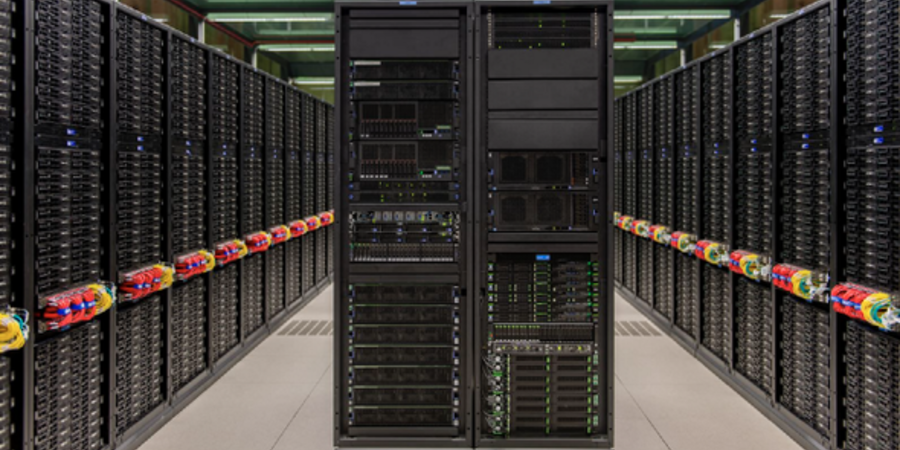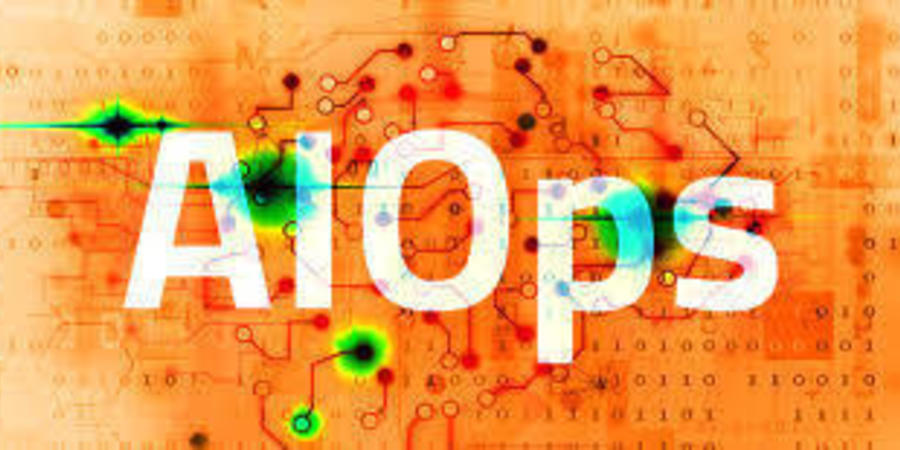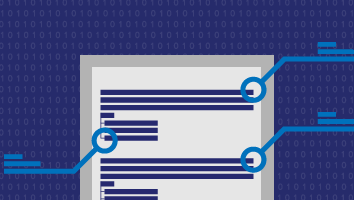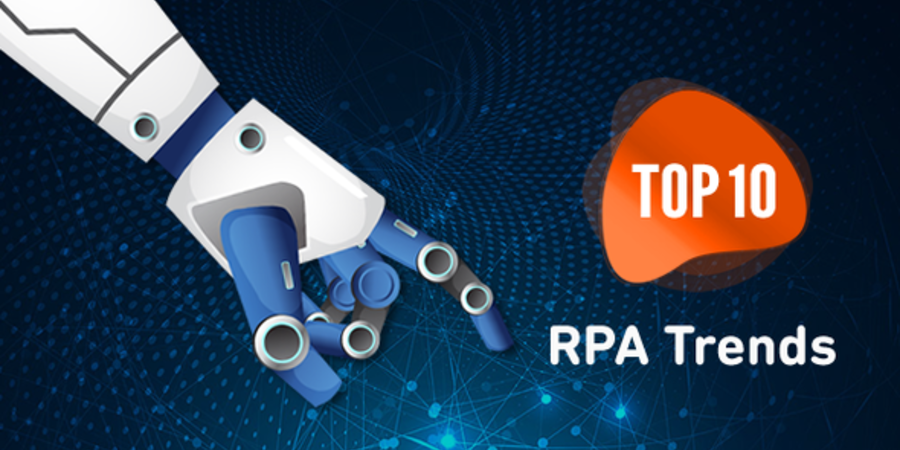A machine learning project is first and foremost a software project. Many data scientists have little experience building well architected, reliable and easy to deploy software. When you build a production system, this will become a problem. As a rule of thumb, engineers can pick up data science skills faster than data scientists can pick up engineering experience. If in doubt, work with the python engineer with 5+ years experience and a passion for AI. If you are a product manager and want to build something with machine learning, here’s a list of the 4 most important things to keep in mind.













